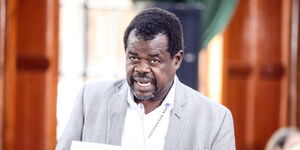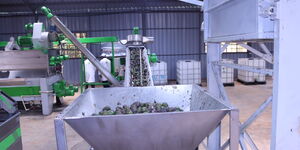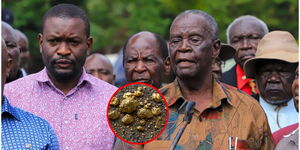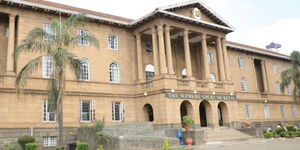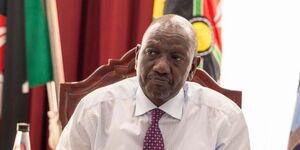The National Treasury on Tuesday published its annual borrowing plan for the financial year 2024/ 2025, with Cabinet Secretary John Mbadi expressing optimism that the country's economy would grow at a rate of 5.5 percent.
The positive projection would mean that Kenya’s economy will remain stable in the medium term despite heightened global geopolitical tensions especially with the ongoing wars in the Middle East as well as the one between Russia and Ukraine.
''Despite these global difficulties, Kenya's economy is expected to remain stable in the medium term. For the fiscal year 2024/25, Kenya's economic growth is projected to be 5.5% in real terms. This positive outlook is supported by strong performance in the service sectors, continued growth in agriculture, and improved export activity,’’ he added.
The CS however warned that the outlook is vulnerable to various risks such as erratic weather patterns
Breakdown of Kenya's Position
According to the Annual Borrowing Plan released by the Treasury, as at the end of June 2024, the total public debt stood at Ksh 10.56 trillion (equivalent to 65.5 percent of GDP).
The debt comprised 5.41 trillion in domestic debt (equivalent to 33.5 percent of GDP) owed to commercial banks and domestic lenders and Ksh5.15 trillion in external debt (equivalent to 32.0 percent of GDP).
By the end of June 2024, the total disbursements (inflows) from borrowing amounted to Ksh 760.5 billion which comprised Ksh 155.8 billion in project loans, Ksh 317.8 billion in programme loans, and another Ksh 286.9 billion in commercial loans.
During the period under review, Kenya reported debt principal repayments amounting to Ksh 537.8 billion.
More Borrowing
Even in light of these statistics, it was further revealed that the government will be forced to borrow more over the course of the current financial year with the Treasury staring at a financial deficit of Ksh 768.6 billion.
The Treasury therefore plans to borrow Ksh 355.5 billion from external lenders and Ksh 413.1 billion from domestic lenders.
President William Ruto's administration revealed that a majority of the funds will be used to service debts and stabilise the economy.
Meanwhile, the economy is still recovering from shocks sustained from COVID-19 and anti-government protests witnessed earlier in the year.



